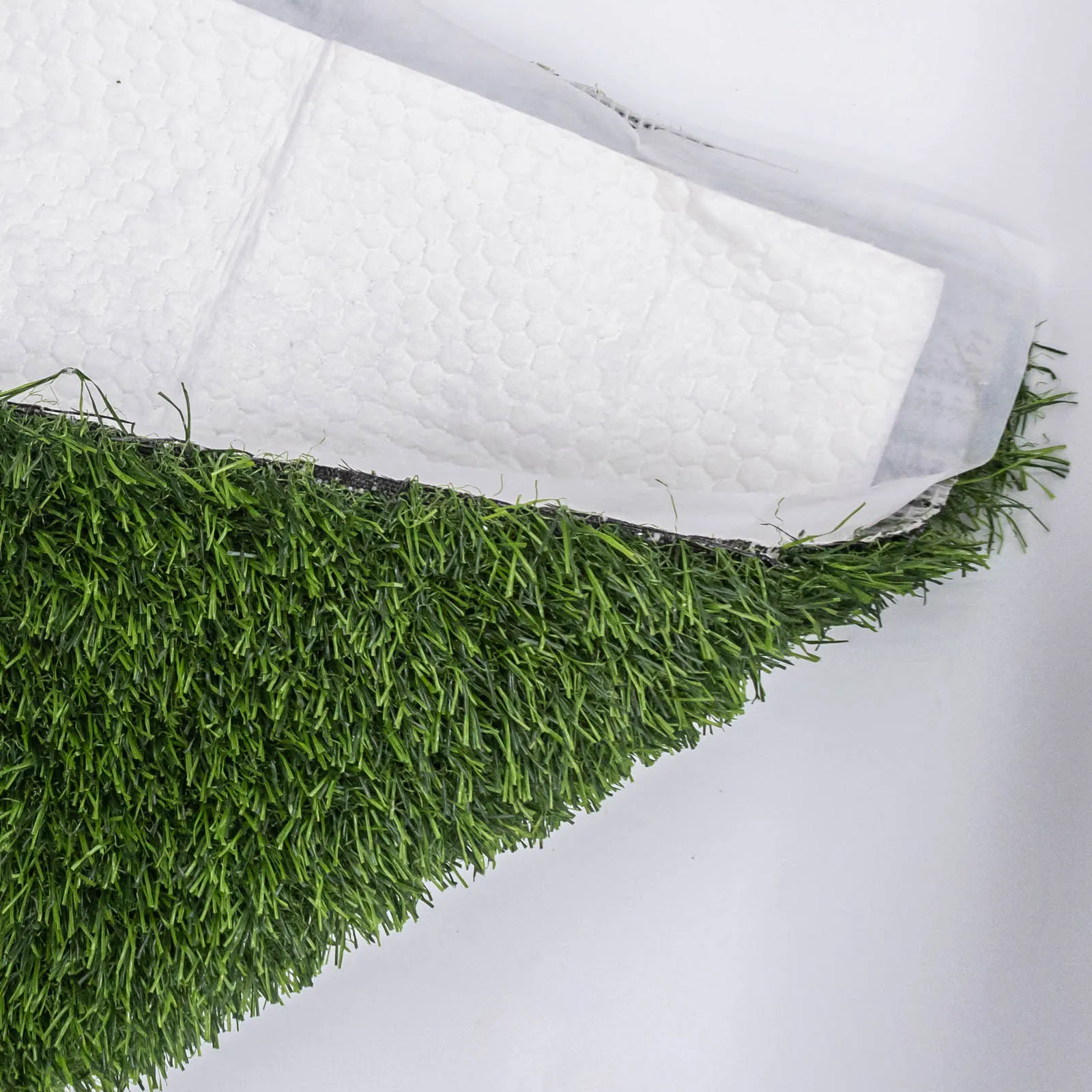
- Afrikaans
- Arabic
- Belarusian
- Bengali
- Czech
- Danish
- Dutch
- English
- Esperanto
- Estonian
- Finnish
- French
- German
- Greek
- Hindi
- Hungarian
- Icelandic
- Indonesian
- irish
- Italian
- Japanese
- kazakh
- Rwandese
- Korean
- Kyrgyz
- Lao
- Latin
- Latvian
- Malay
- Mongolian
- Myanmar
- Norwegian
- Persian
- Polish
- Portuguese
- Romanian
- Russian
- Serbian
- Spanish
- Swedish
- Tagalog
- Tajik
- Thai
- Turkish
- Turkmen
- Ukrainian
- Urdu
- Uighur
- Uzbek
- Vietnamese
Benefits of Artificial Grass and Turf for Residential and Commercial Spaces
Nov . 26, 2024 11:15 Back to list
The Rise of Artificial Grass and Turf A Sustainable Alternative for Modern Landscaping
In recent years, the popularity of artificial grass and turf has surged, capturing the attention of homeowners, landscapers, and sports facility managers alike. This synthetic alternative to natural grass has revolutionized the way we think about outdoor spaces, offering a range of benefits that extend far beyond aesthetic appeal. With technological advancements and growing environmental concerns, artificial grass has emerged as a sustainable solution for a variety of applications, from residential lawns to professional sports fields.
The Benefits of Artificial Grass
One of the most compelling advantages of artificial grass is its low maintenance requirements. Traditional lawns demand regular mowing, watering, fertilizing, and pest control, all of which can consume significant amounts of time, money, and resources. In contrast, artificial turf requires minimal upkeep. Homeowners can say goodbye to the routine chore of mowing the lawn and the need for chemical treatments. A simple rinse with water occasionally is usually sufficient to keep the surface clean and looking fresh.
Moreover, artificial grass eliminates the need for pesticides and fertilizers, reducing pollution and helping to protect local ecosystems
. This eco-friendly aspect aligns with the growing trend toward sustainable living, as more people seek ways to minimize their environmental impact.Water Conservation
Water scarcity is a pressing global issue, and traditional landscaping contributes significantly to water consumption. Natural grass requires substantial amounts of water to remain lush and green, especially in arid regions. According to various studies, switching to artificial grass can save homeowners thousands of gallons of water each year. This conservation benefit is particularly appealing in regions experiencing frequent droughts and water restrictions.
By choosing artificial turf, homeowners not only contribute to water conservation but also enjoy a beautiful green space year-round, regardless of climatic conditions. No longer will they need to worry about brown patches or irrigation systems failing during dry spells.
Durability and Versatility
artificial grass and turf

Artificial grass is known for its durability. Made from high-quality synthetic materials, it can withstand heavy foot traffic, making it an ideal choice for sports fields, playgrounds, and event spaces. Unlike natural grass, which can easily become damaged or worn out, artificial turf maintains its appearance and functionality for years with minimal wear.
Furthermore, artificial grass is highly versatile. It can be installed in a variety of settings, including residential backyards, commercial properties, and sports facilities. From creating a putting green at home to constructing synthetic football and soccer fields, the possibilities are endless. Landscape designers and architects are increasingly incorporating artificial turf into their designs, providing innovative solutions for urban spaces that often lack traditional greenery.
Environmental Impact
While some critics argue about the environmental downsides of artificial grass—such as its non-biodegradable materials and the carbon footprint associated with its production—it's essential to view the overall environmental context. The long lifespan and low maintenance requirements of artificial turf mean that while it may have a higher initial environmental cost, the long-term benefits often outweigh these concerns.
Companies are continuously developing more eco-friendly alternatives, incorporating recyclable materials and improving the sustainability of production processes. Innovations in infill materials, for instance, are paving the way for greener options that reduce the environmental impact of artificial grass even further.
Conclusion
Artificial grass and turf present an innovative alternative to traditional landscaping that offers numerous benefits for homeowners, municipalities, and sports organizations. With their low maintenance requirements, water conservation capabilities, and durability, these synthetic surfaces can transform our outdoor spaces while promoting sustainability.
As consumers grow increasingly conscious of environmental issues, the shift toward artificial grass is likely to continue. With advancements in technology, the future of artificial turf looks promising. Whether enhancing the beauty of a suburban lawn or creating a functional sports facility, artificial grass stands out as a modern solution that meets the demands of today’s world. Embracing this trend can lead to more sustainable landscaping practices and a greener planet for future generations.
-
The Benefits of Artificial Turf for Indoors
NewsJul.15,2025
-
How Artificial Grass Suppliers Ensure Quality Products
NewsJul.15,2025
-
Artificial Grass and Pets: A Space for Relaxation
NewsJul.08,2025
-
Balcony & Outdoor Decoration with Artificial Grass
NewsJul.08,2025
-
Best Indoor Artificial Grass for Home
NewsJul.07,2025
-
Best Pet Turf for Dogs: Safe & Durable Artificial Grass Options
NewsJul.07,2025
Products categories









